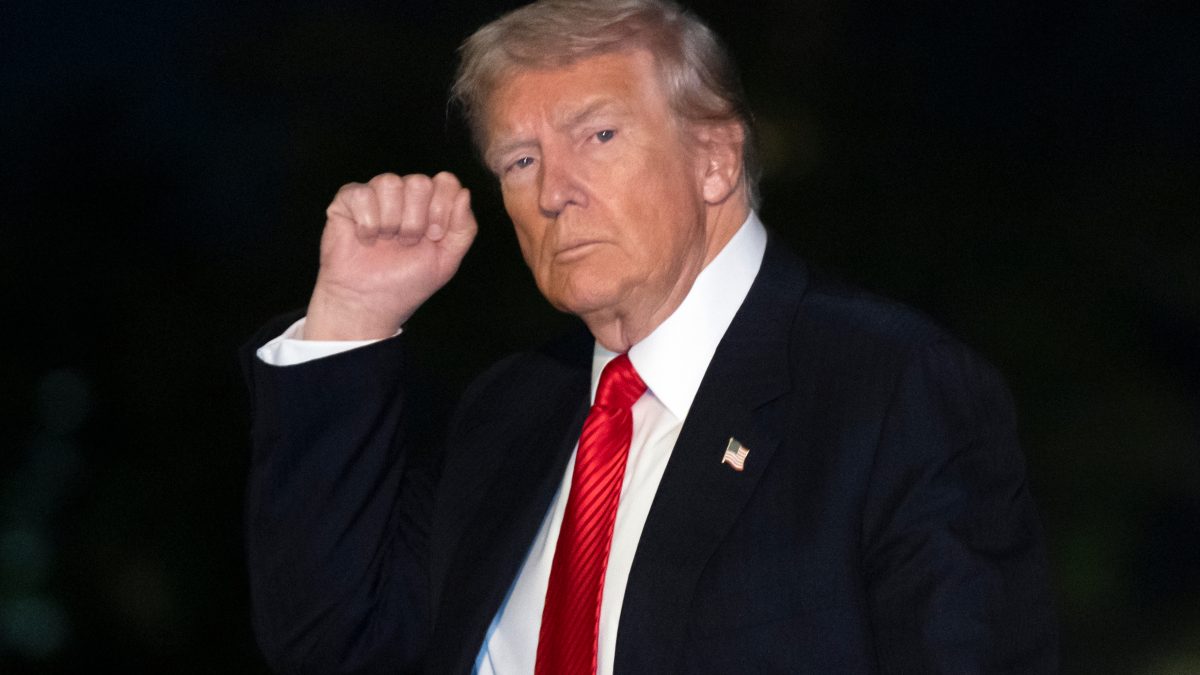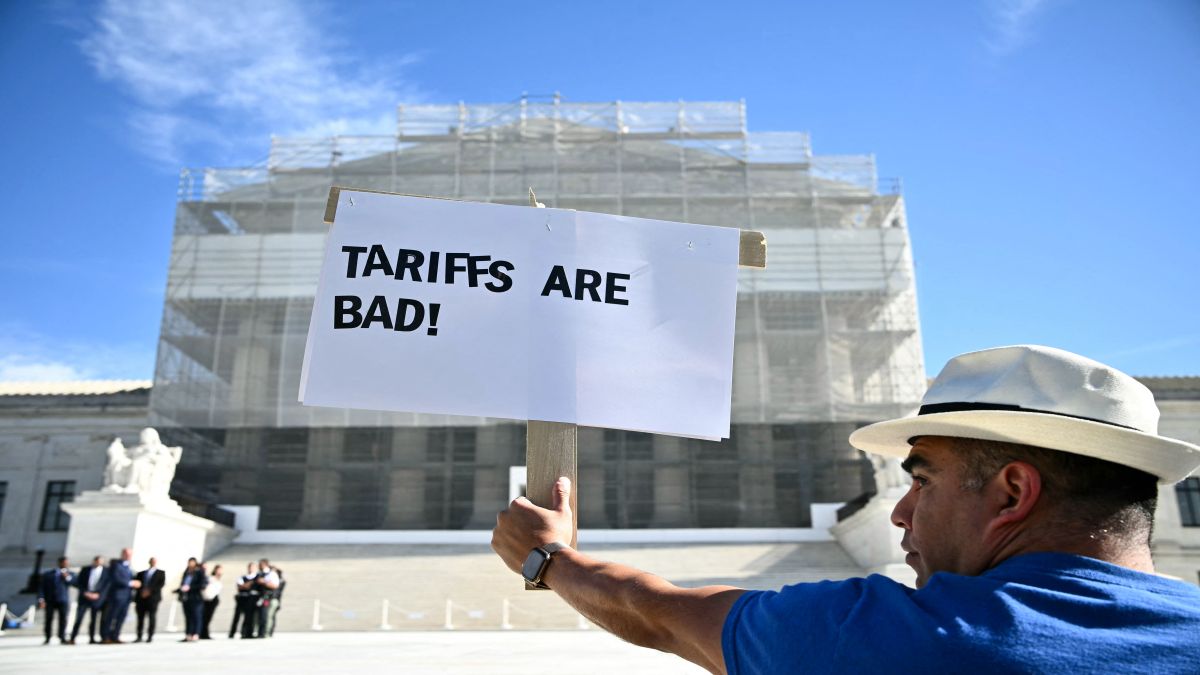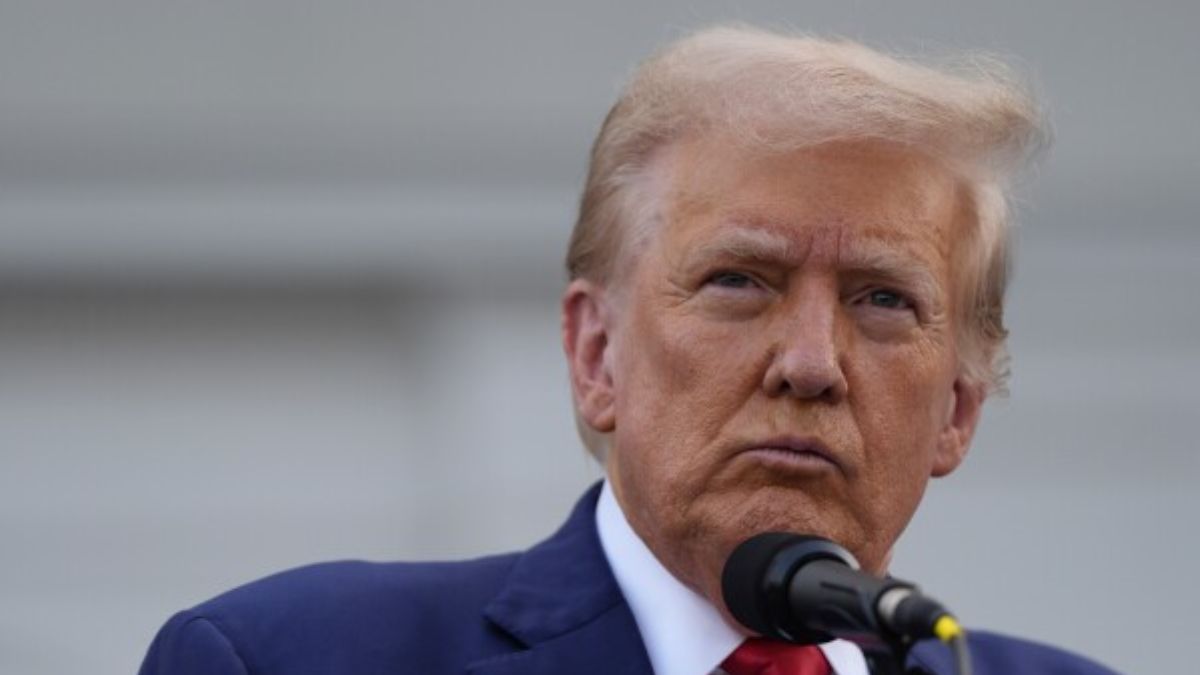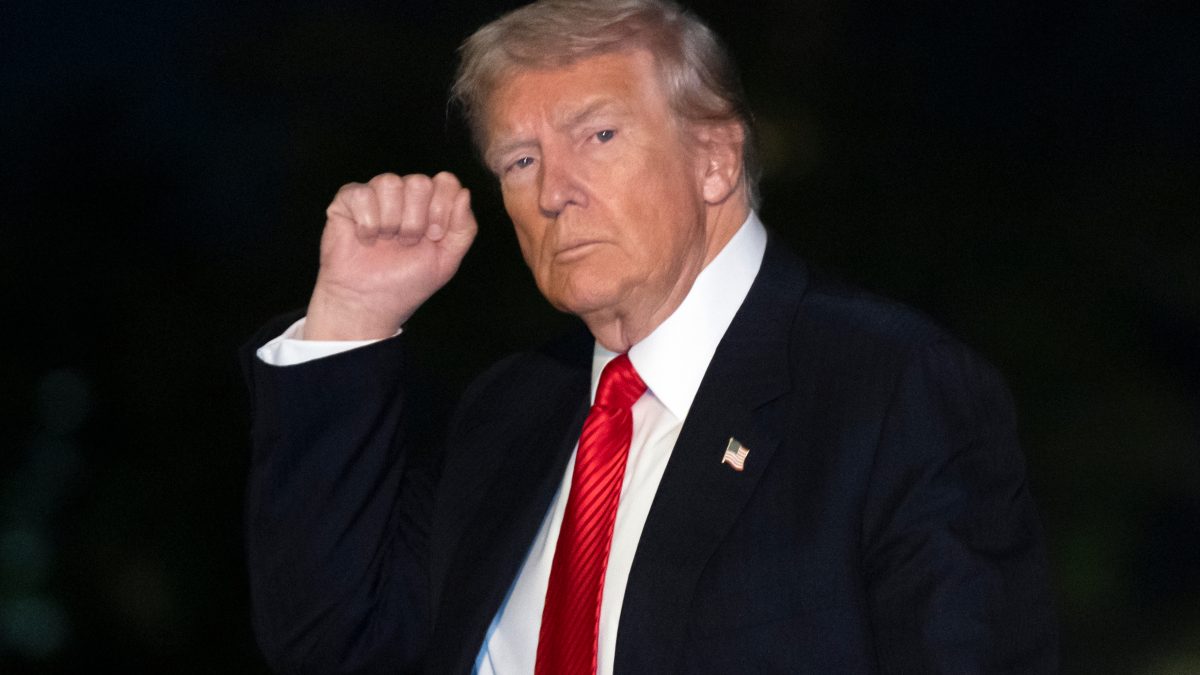Waking up to a hazy morning blanketed with a thin layer of smog on Thursday, Delhi’s AQI was recorded at 278 which falls in the ‘poor’ category. The situation is likely to deteriorate till the evening and will shift to ‘very poor’ state, according to a forecast as reported by PTI.
The situation will remain stagnant between November 6 and 8, with higher pollution levels and major risk of respiratory problems, as predicted by the Air Quality Early Warning System.
The system also indicated that the speed of wind is likely to increase, decreasing the temperature with higher pollution levels and lower visibility. It will reach up to 15 kmph from the northwest direction in the afternoon, before decreasing to below 10 kmph during the evening and night on November 6.
Poor air quality
As Diwali goes by, the air quality of the national capital worsens. The morning bulletin issued by the Central Pollution Control Board (CPCB) showed that Delhi’s air quality was in ‘poor’ condition on Thursday morning with the reading of 278.
The capital continues to breathe the grey air, which has harmful consequences affecting every age group. The reason for the air quality can be many, but relative measures will serve the city with immediate effects.
According to the classification of CPCB, an AQI between 0 and 50 is considered “good”, 51 to 100 “satisfactory”, 101 to 200 “moderate”, 201 to 300 “poor”, 301 to 400 “very poor” and 401 to 500 “severe.”
Problem still persists
While Delhi recorded AQI at 278, the problem is still in the headlines. There is no improvement in this regard as the national capital will now experience the cold winters. On Thursday morning, the minimum temperature settled at 12.7 degrees Celsius, 2.6 notches below the season’s average, while the humidity was recorded at 75 per cent at 8.30 am.
The maximum temperature is likely to hover around 29 degrees Celsius, with the weather department forecasting mist.


)

)
)
)
)
)
)
)
)



